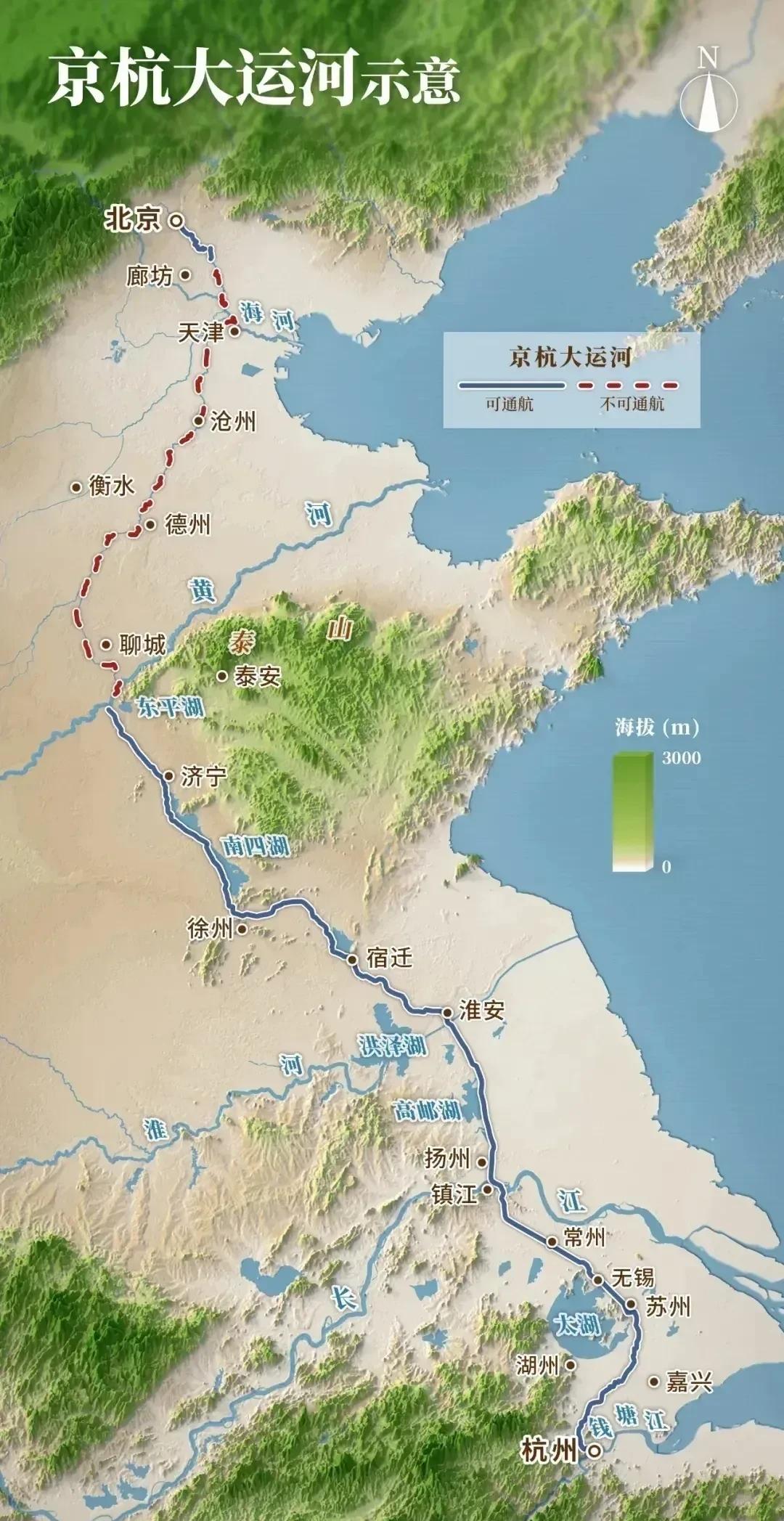In ancient times, the status of the Beijing-Hangzhou Grand Canal was similar to today's Yangtze River, and it was a golden waterway. The north and south are busy with trade in goods and goods, and are very dependent on the Grand Canal.
It began in the Spring and Autumn Period, formed in the Sui Dynasty, developed in the Tang and Song Dynasties, and eventually became a communication route connecting the five major water systems of the Haihe River, the Yellow River, the Huai River, the Yangtze River and the Qiantang River in the Yuan Dynasty.
Qianlong went down to jiangnan six times and took the Grand Canal. Due to the needs of cargo distribution, it has spawned a large number of cities such as Hangzhou, Suzhou, Yangzhou, Huai'an, Jining, and Tianjin.
The Beijing-Hangzhou Grand Canal is nearly 1800 kilometers long, and in ancient times, it always maintained the grand situation of "sail walls like forest people like ants". Today, with the prosperity of modern transportation and maritime transport, the status of the Grand Canal has plummeted.
